The Smart Appliances Market is currently characterized by a dynamic competitive landscape, driven by technological advancements, consumer demand for energy efficiency, and the integration of smart technologies into everyday appliances. Major players such as Samsung Electronics (KR), LG Electronics (KR), and Whirlpool Corporation (US) are at the forefront, each adopting distinct strategies to enhance their market positioning. Samsung Electronics (KR) emphasizes innovation through its SmartThings platform, which integrates various home devices, while LG Electronics (KR) focuses on sustainability and energy-efficient products, aligning with global environmental goals. Whirlpool Corporation (US) is enhancing its digital transformation efforts, aiming to provide seamless connectivity and user experience across its appliance range. Collectively, these strategies contribute to a competitive environment that is increasingly centered around technological integration and consumer-centric solutions.
Key business tactics within the Smart Appliances Market include localizing manufacturing and optimizing supply chains to enhance responsiveness to consumer needs. The market structure appears moderately fragmented, with several key players exerting influence while also facing competition from emerging brands. This fragmentation allows for diverse product offerings and innovation, as established companies strive to maintain their market share against new entrants.
In November 2025, LG Electronics (KR) announced a partnership with a leading AI firm to develop smart kitchen appliances that utilize machine learning to optimize cooking processes. This strategic move is likely to enhance user experience by providing personalized cooking recommendations, thereby reinforcing LG's commitment to innovation and consumer satisfaction. Such advancements may position LG as a leader in the smart kitchen segment, appealing to tech-savvy consumers.
In October 2025, Whirlpool Corporation (US) launched a new line of smart refrigerators equipped with advanced energy management systems. This initiative not only underscores Whirlpool's focus on sustainability but also aligns with growing consumer preferences for energy-efficient appliances. By integrating smart technology that monitors energy usage, Whirlpool aims to differentiate its products in a competitive market increasingly focused on environmental impact.
In September 2025, Samsung Electronics (KR) expanded its SmartThings ecosystem by introducing new compatibility features with third-party devices. This strategic enhancement is indicative of Samsung's approach to creating a more interconnected home environment, which may attract a broader consumer base seeking comprehensive smart home solutions. By fostering interoperability, Samsung positions itself as a leader in the smart home market, potentially increasing customer loyalty and market penetration.
As of December 2025, current competitive trends in the Smart Appliances Market are heavily influenced by digitalization, sustainability, and the integration of AI technologies. Strategic alliances among key players are shaping the landscape, facilitating innovation and enhancing product offerings. Looking ahead, competitive differentiation is expected to evolve, with a pronounced shift from price-based competition to a focus on innovation, technological advancements, and supply chain reliability. Companies that successfully navigate these trends are likely to secure a competitive edge in an increasingly sophisticated market.
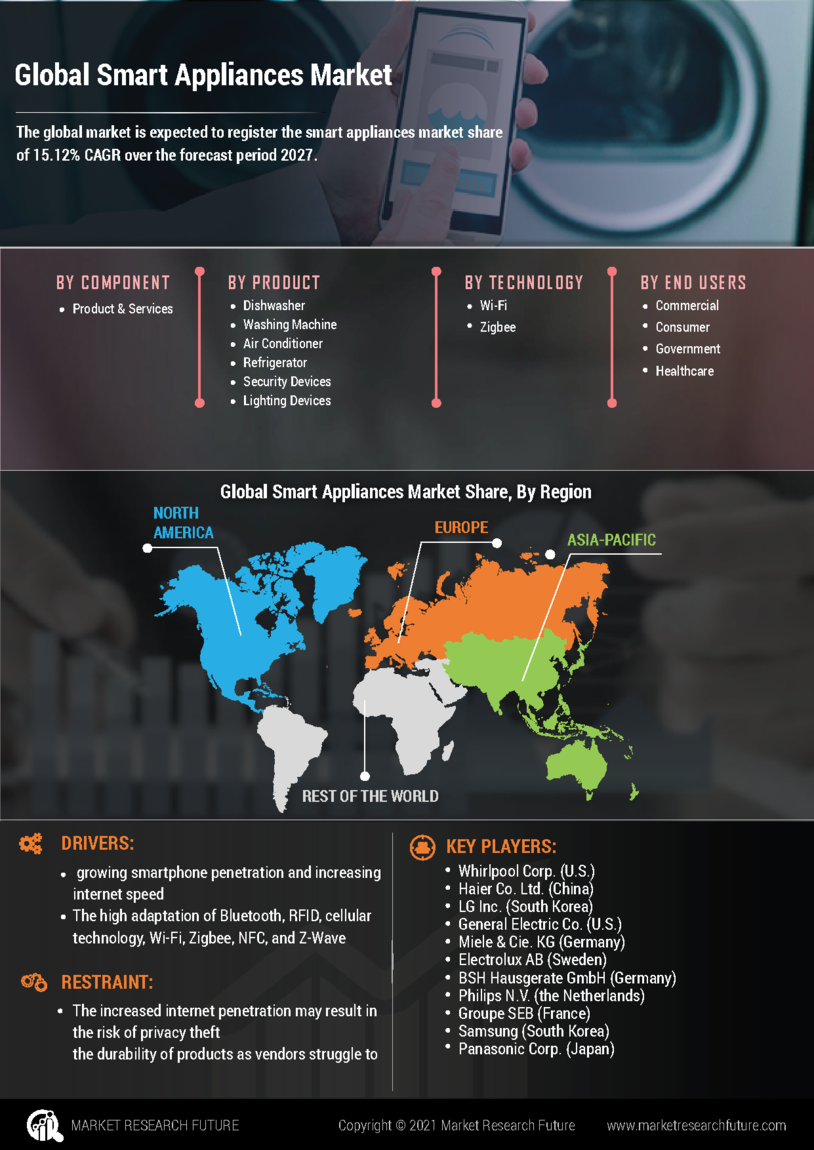
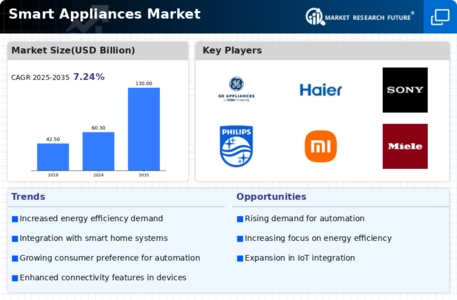
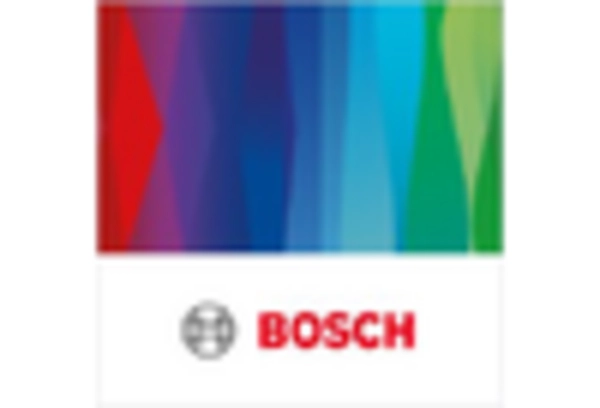

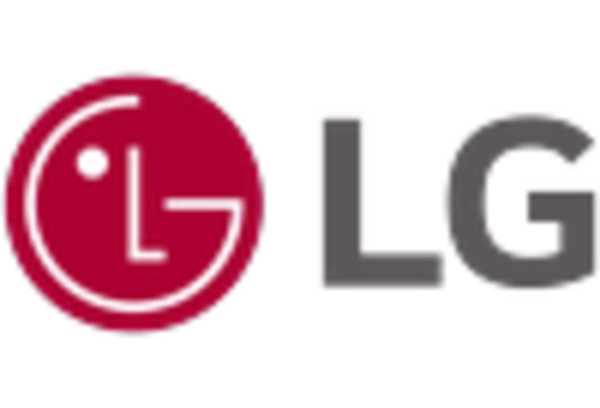

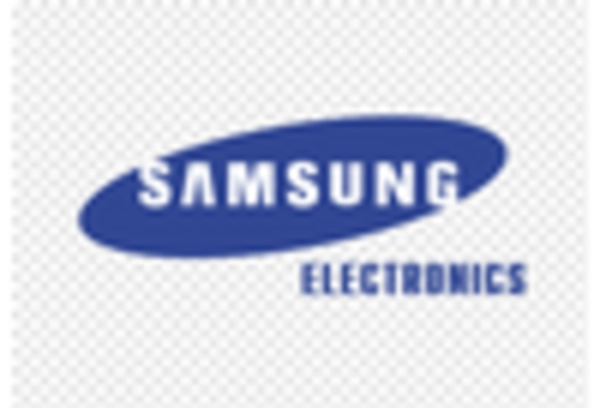
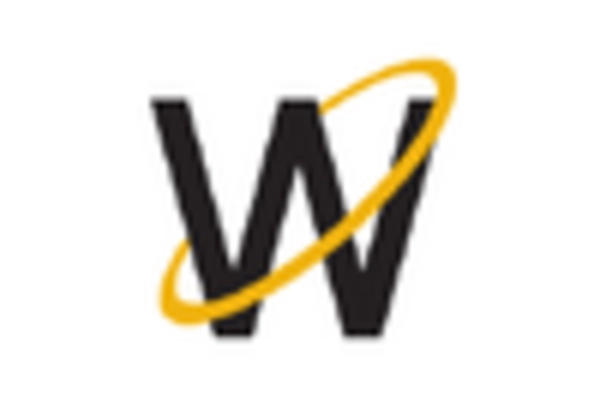








Leave a Comment